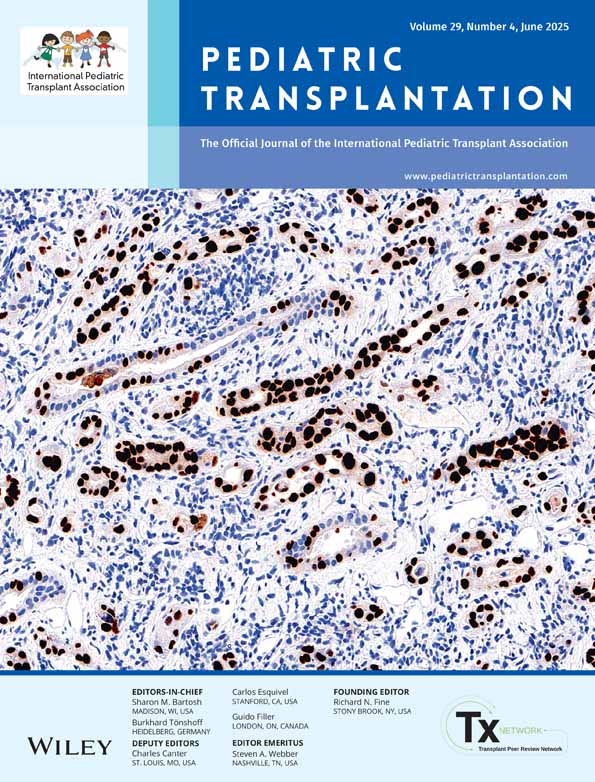From Referral to Consent: Unveiling Racial Disparities at Critical Stages of Pediatric Organ Donation
ABSTRACT
Background
Organ transplantation is the gold standard for treating end-stage organ failure, improving survival and quality of life. Despite efforts to address racial and ethnic disparities, these disparities persist, with their impact on the pediatric organ donation process remaining unclear.
Methods
This is a retrospective review of the Organ Retrieval and Collection of Health Information for Donation (ORCHID) database version 2.0.0, from 01/01/2015 to 12/31/2021. All patients referred younger than 18 years were included.
Results
A total of 4528 referred patients were identified, with a median age at referral of 3.0[IQR: 0.0–13.0] years. Of these, 1862 (41%) were female, 2000 (44%) were White Non-Hispanic, and 916 (20%) had a confirmed diagnosis of brain death at referral. OPO 1 accounted for 1523 (33%) referrals, and accidents were the leading cause of death (n = 1175, 26%). Next-of-kin were approached for organ donation in 1344 (30%) cases. After adjustment, when compared to White Non-Hispanic, next-of-kin for Hispanic (OR: 0.69;95% CI: 0.54–0.89, p = 0.005), Black (OR: 0.55;95% CI: 0.42–0.72, p < 0.001) and “Other”(OR: 0.64;95% CI: 0.43–0.96, p = 0.031) race patients were less likely to be approached. Among the approached next-of-kin, 819 (61%) consented to organ donation. Adjusted analyses demonstrated that, compared to White Non-Hispanic patients, next-of-kin for Hispanic (OR: 0.63;95% CI: 0.44–0.89; p = 0.010), Black (OR: 0.31;95% CI: 0.22–0.43, p < 0.001), and “Other”(OR: 0.37;95% CI: 0.20–0.66, p < 0.001) race patients were significantly less likely to consent.
Conclusions
This study highlights the low approach rates for potential organ donors and the persistent racial disparities in the pediatric deceased organ donation process. Racial minority groups are less likely to be approached for donation and to provide consent compared to White individuals. These findings underscore the need for an equitable organ donation process to expand the pediatric donor pool.
Open Research
Data Availability Statement
The data that support the findings of this study are available from the corresponding author upon reasonable request.




